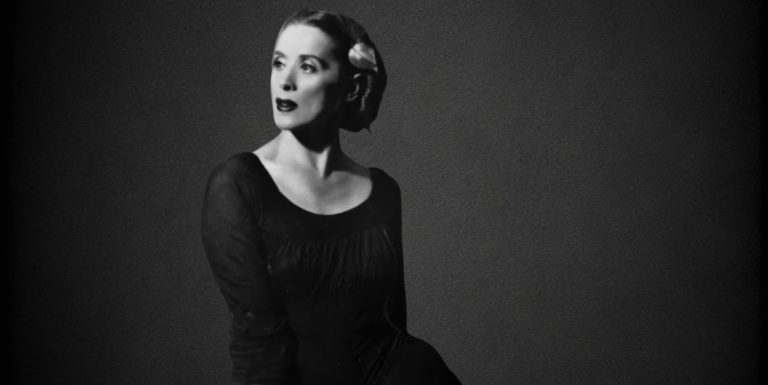Famous dancers biographies are more than just chronicles of artistry; they are stories of resilience, creativity, and passion that inspire millions. Dance has always been an expression of the human spirit, and the lives of legendary performers reveal how discipline, culture, and emotion can shape unforgettable careers.
These stories bring us closer to the struggles and triumphs of the artists who broke barriers and set new standards in the world of dance. From classical ballet masters to contemporary innovators, each dancer’s journey demonstrates how movement can change lives and influence generations.
The Early Inspirations Behind Famous Dancers Biographies
When we read famous dancers biographies, one recurring theme is early inspiration. Many dancers were captivated by movement as children, drawn to the stage by curiosity or cultural tradition.
Take Martha Graham, often called the mother of modern dance. Her journey began not from privilege but from determination, turning emotional expression into an entirely new dance language. Or consider Michael Jackson, who began performing with his brothers before evolving into a global icon, fusing dance and music in ways that transcended boundaries.
Their stories remind us that early sparks often ignite lifelong passion, proving that the path to greatness often begins with simple fascination.
Famous Dancers Biographies and Their Artistry
The artistry reflected in famous dancers biographies shows us how personal experiences translate into unique forms of expression.
Anna Pavlova, one of the most influential ballerinas of the 20th century, was celebrated for her ethereal performance of “The Dying Swan.” Her story reflects sacrifice and devotion, as she spent years touring the world to make ballet accessible to wider audiences.
Fred Astaire, on the other hand, revolutionized dance on screen, blending elegance with innovation. His biography reveals relentless perfectionism, with rehearsals stretching endlessly until every move was seamless. His journey shows how artistry is as much about persistence as it is about talent.
Cultural Impact of Famous Dancers Biographies
The cultural weight of famous dancers biographies lies in how these individuals influenced their times. Their legacies go beyond performance, leaving marks on fashion, film, politics, and identity.
Isadora Duncan challenged conventions by rejecting rigid ballet techniques and embracing natural, free movement. Her daring spirit not only influenced dance but also resonated with women seeking liberation in a restrictive era.
Meanwhile, Savion Glover, a master of tap dance, pushed the boundaries of rhythm and storytelling. His biography reveals how he transformed an African American art form into a celebrated international stage presence, giving voice to history through sound and motion.
These biographies reflect how dance becomes more than art—it becomes activism, culture, and legacy.
Famous Dancers Biographies and Discipline
Another universal thread in famous dancers biographies is discipline. Dance may appear effortless on stage, but the biographies of performers reveal grueling practice sessions, physical sacrifices, and unwavering commitment.
Mikhail Baryshnikov embodies this dedication. Escaping the Soviet Union in pursuit of artistic freedom, his story is filled with courage, struggle, and brilliance. His biography demonstrates how discipline can break barriers and allow artistry to flourish under any circumstances.
Similarly, Rudolf Nureyev, often considered the greatest male ballet dancer of all time, carried a fiery spirit that clashed with tradition but fueled innovation. His journey tells us that discipline is not about conformity, but about harnessing energy toward greatness.
Stories of Struggle in Famous Dancers Biographies
Behind the spotlight, famous dancers biographies often reveal heartbreaking struggles. Physical injuries, financial hardships, and societal prejudices shaped many of these lives.
Katherine Dunham, an African American dancer, choreographer, and anthropologist, faced racial barriers but persisted in blending dance with cultural anthropology, creating groundbreaking performances. Her biography shows resilience in the face of discrimination.
Gene Kelly, known for his charm in musicals like Singin’ in the Rain, struggled with the pressure of reinventing dance for film. His relentless work ethic and creative risks paid off, cementing his place as one of the most beloved performers in history.
These struggles show that the beauty on stage is often born from battles off it.
Famous Dancers Biographies That Transcend Generations
What makes famous dancers biographies truly compelling is how their legacies transcend generations.
Misty Copeland, for example, became the first African American woman to be promoted to principal dancer at the American Ballet Theatre. Her biography represents progress, breaking down barriers and opening doors for aspiring dancers worldwide.
Another inspirational figure is Shakira, whose unique fusion of belly dance, Latin, and pop has inspired countless artists. While known as a singer, her biography highlights how her innovative dance style reshaped the stage, bridging cultures through movement.
Generations later, the echoes of these dancers’ contributions continue to inspire new talent, ensuring their influence never fades.
The Lasting Power of Famous Dancers Biographies
The power of famous dancers biographies lies in their ability to inspire. They are not just tales of fame but of courage, discipline, artistry, and transformation. Each dancer, whether on a global stage or in intimate settings, tells a story that resonates deeply with those who believe in the power of expression.
From Pavlova’s delicate movements to Jackson’s electrifying moonwalk, these stories reveal how dance reflects humanity itself. And as long as dance exists, so too will the stories of those who shaped it, reminding us that movement is more than performance—it is a legacy written in motion.
Read also:
